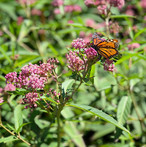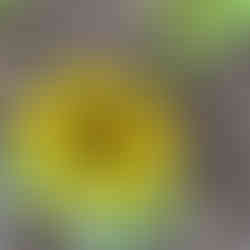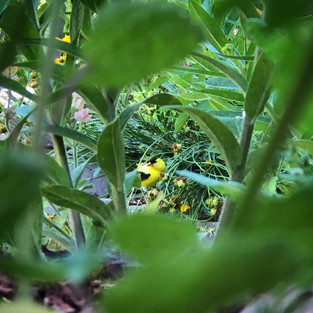I was blind...but now I see...
- Marisa Prevatt

- Aug 13, 2020
- 3 min read
Specifically, I would define myself as semi "plant blind". A term which actually is a "thing" and has a specific definition and description...
"Plant blindness" is a form of cognitive bias, which in its broadest meaning, is a human tendency to ignore plant species. This includes such phenomena as not noticing plants in the surrounding environment, not recognizing the importance of plant life to the whole biosphere and to human affairs, a philosophical view of plants as an inferior form of life to animals and/or the inability to appreciate the unique features or aesthetics of plants.[1]
For me plant blindness meant...I was unaware of the deep connection and importance as it relates to all of our well being and the health of our earth. I
only saw the surface aesthetics of flowers and plants, which I call the "decoration" point of view. I believe a lot of us can fall into this thinking and perspective, plants are an "adornment" for our properties. Let me stop there, YES they can fulfill that aesthetic purpose, but there is a GREATER job for plants specifically NATIVE plant species to your region. Native plants fill a crucial role by supporting our insects and wildlife. These important plant species provide nectar, pollen, and seeds that serve as food for native butterflies, insects, birds, and other animals. By supporting and feeding insects you are supporting the intricate web of your local ecosystem, therefore, single-handedly, creating a positive change on earth in your OWN yard!
Did you know? More than 3,500 species of native bees help increase crop yields. Some scientists estimate that one out of every three bites of food we eat exists because of animal pollinators like bees, butterflies and moths, birds and bats, and beetles and other insects.1
How adding native plants to my yard helped cure me of plant blindness...Once I started adding native plants to our yard, so much LIFE appeared! My eyes were open to a whole new world. So many pollinators flocked to our new garden! Our local insects and wildlife need these native plants they are literally made for each other and in many cases, there are no substitutions. For example, the "famous" Monarch butterfly can only use one type of plant, milkweed, for its species to survive. The sad thing is Monarchs aren't unique when it comes to requiring specific native plants to host their larva and/or feed on, not just any plant will do. It is important to realize that many of our big box stores sell the typical popular landscape plants to which the majority of are either not native to this country or are what we call "cultivars", bred/engineered by humans for a specific look or characteristic. While I will say I do have some cultivars left in my garden, the pollinators will always prefer our natives. My native gardens are aesthetically beautiful AND support pollinators! WIN-WIN
I don't have to travel to a national park, just my yard, to experience the awe and wonder of my "wild" spaces and the life that visits them. You too can start to SEE and WITNESS the spectacle of many pollinators flocking to your native garden spaces. As I type now I am watching HUNDREDS of bees, wasps, and butterflies buzzing and fluttering about doing their business. My eyes are truly open and I am no longer blind to the fact that native flora is intimately connected to the health of our local environments and the Earth itself.
Inspired to start your own native garden? Check out my native plant resource page HERE. It is also important to note when making these changes to your yard, that you should discontinue the use of pesticides (i.e. lawn spray companies as most "fertilizing" treatments also contain pesticides) in your yard. You don't want to kill the very things you are attracting. By making these changes you are helping to restore biodiversity and local ecosystems, you will then begin to witness the amazing life and positive change within your own yard!!!
Recommended reading: Nature's Best Hope: A New Approach to Conservation that Starts in Your Yard
These are all photos from our front yard garden.
Our spectacular view...
Resources: Native Gardening US Forest Reserve



























Comments